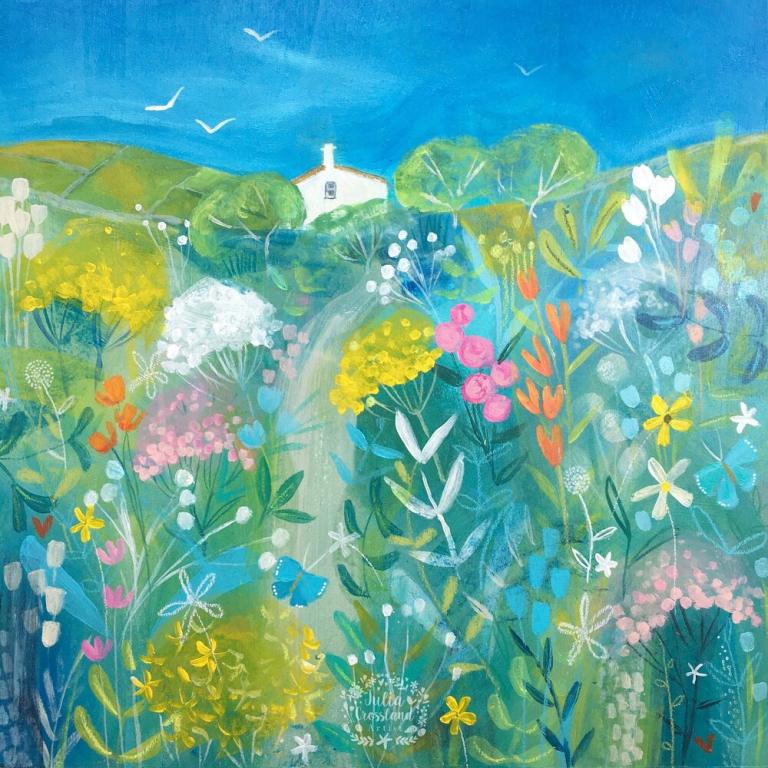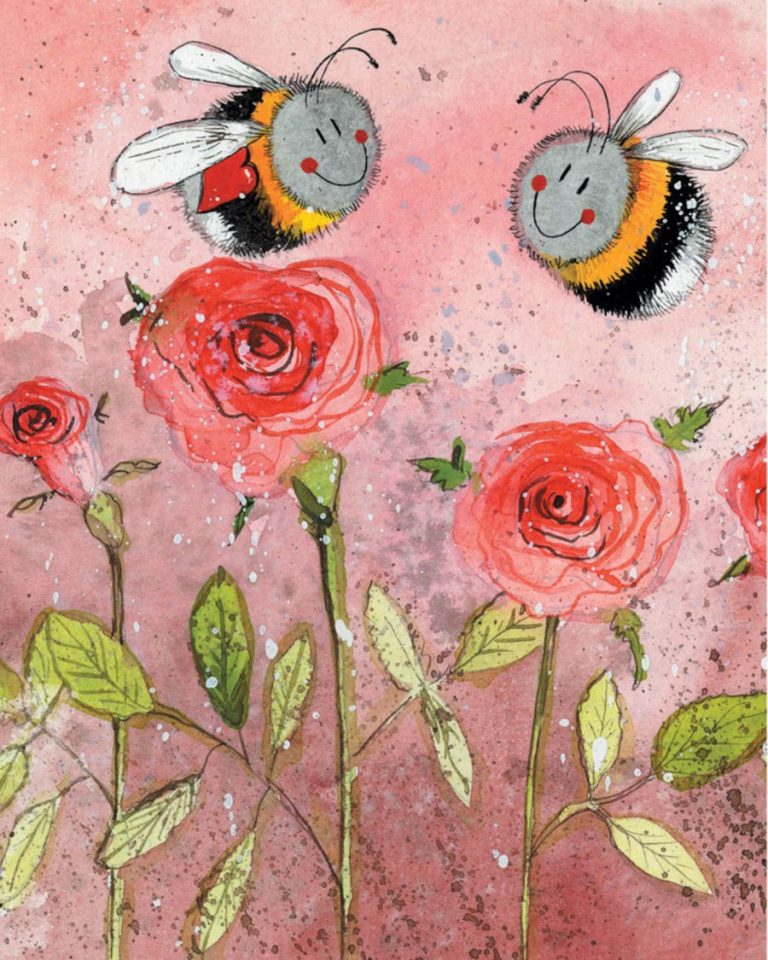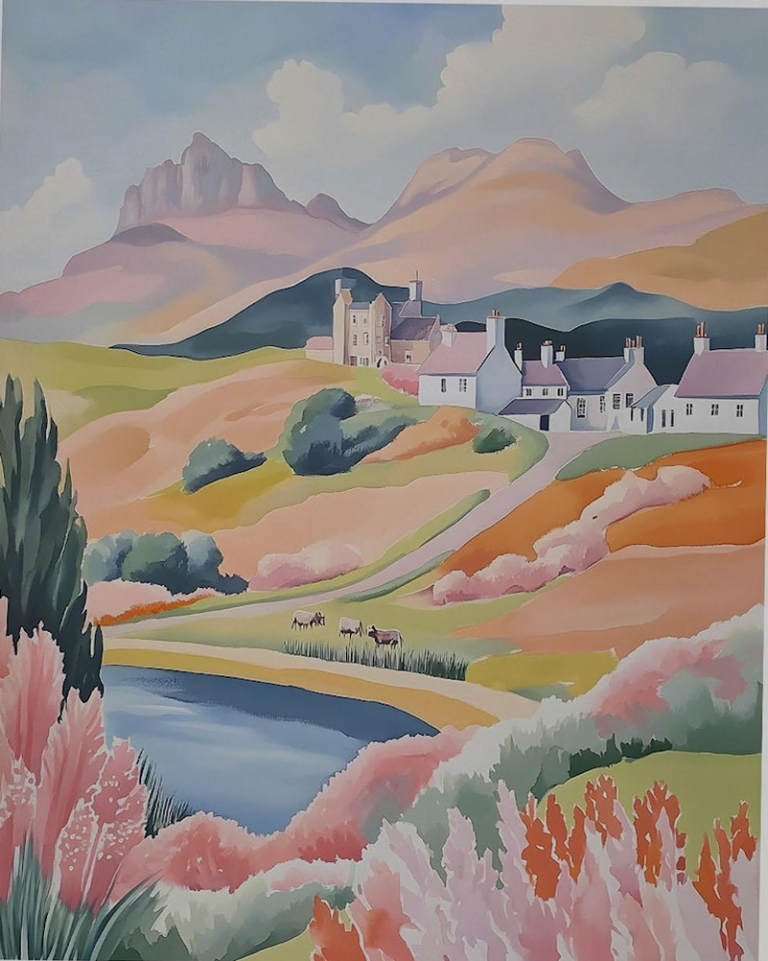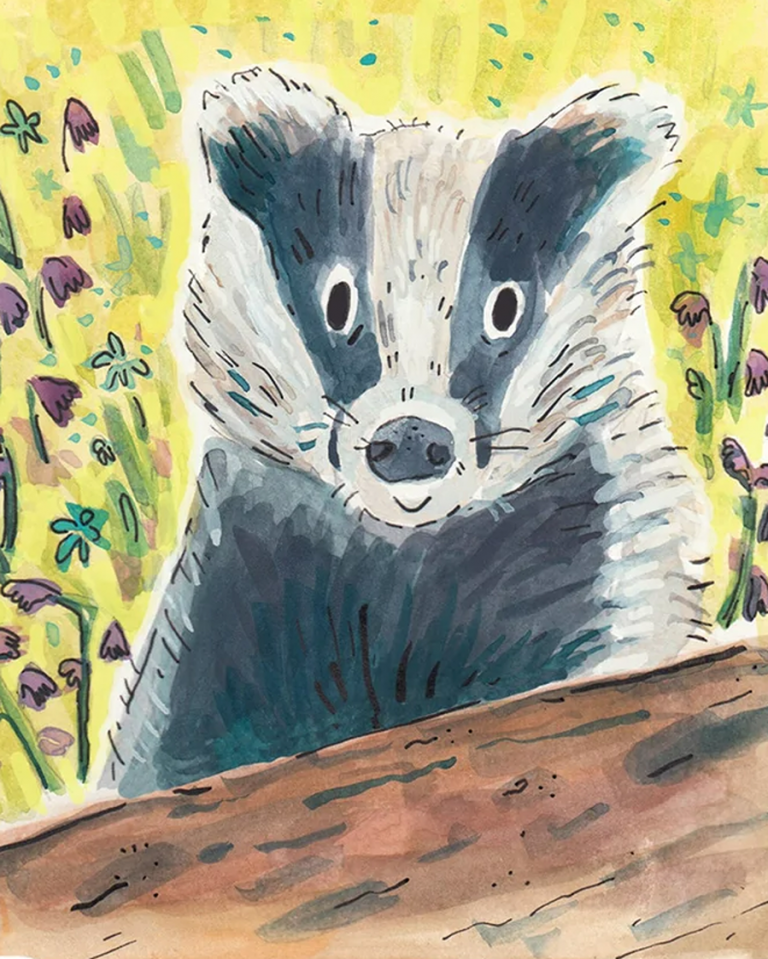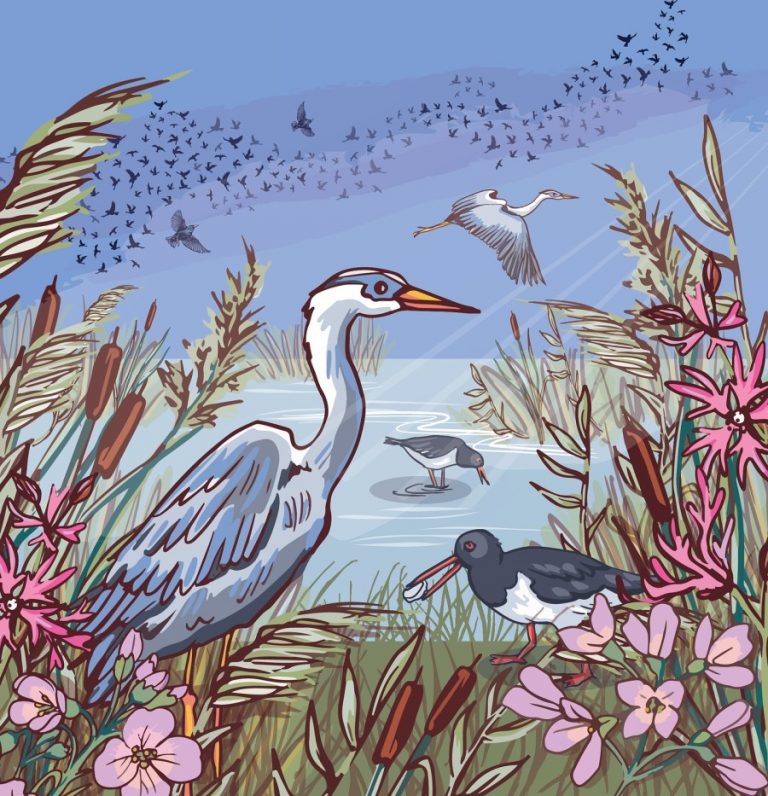
Renaturing is a lovely and unique book. Although rewilding is wonderful, most of us don’t have a sprawling estate to do this! So this book looks at how to do ‘renaturing’, to make tiny changes in your own garden, to restore habitats for birds and native wildlife.
Use no-dig gardening (and avoid netting) to help wildlife (and ensure ponds have sloping sides). Also read our posts on pet-friendly gardens and wildlife-friendly gardens. Also read our post on how to stop birds flying into windows.
20 years ago, the author moved from London to the English countryside. Behind his farm labourer’s cottage was a small field with a ‘for sale’ sign. At first a site for family picnics and cricket matches, he knew that the 2-acre patch held potential for nature to flourish.
This is the inspiring story of how over a number of years, James undertook a project to simply ‘rewild the field’. He built a wildlife-friendly pond, forged meadowlands and created habitats for birds and insects (and encouraged pollinators and wildlife, by encouraging flowers and plants). And soon what was once a grassy space, was again buzzing with life.
In this book, James makes the case that you can become a ‘rewilder’, even with a mini-habitat like plant pots in a tiny garden. James Canton is Director of Wild Writing at University of Essex.
Let Part of Your Lawn Grow Wild
Cutting the grass less often lets wildflowers pop up, which feed insects and pollinators. Try leaving a section of your lawn un-mowed through spring and summer. Even a small area left to grow can help local wildlife. Read our post on organic lawns.
Swap Exotic Plants for Native Species
Local plants support local wildlife better than foreign ones. Choose wildflowers, shrubs, and trees that grow in your area. They offer food and shelter for birds, insects, and even tiny mammals.
You’ll notice less effort needed as native plants are better suited to your soil and weather.
Add Log Piles and Stone Stacks
Logs and rocks create perfect hideouts for bugs and small animals. Place a pile of sticks or logs in a shady corner, or stack stones in a sunny spot.
Over time, these piles become homes for beetles, worms, frogs, and slow worms. Watching them brings a new charm to your garden.
Make a Small Pond or Water Feature
Water draws in frogs, newts, birds, and insects. Ensure they have sloping sides, for easy entry and exit for wildlife. And place a few large stones in shallow ponds or bowls, to create safe landing spaces for bees and butterflies.
Avoid tap water with chemicals – a child/pet-friendly water butt that recycles rainwater is best.
Create Wildflower Patches or Meadows
Wildflower patches add bright colour and attract bees, butterflies, and moths. Clear a piece of grass, then scatter a mix of native seeds.
Wildflower meadows need poor soil, so don’t add compost (this would encourage grass instead to compete). Cut back once a year in late summer to keep them growing well.
Leave Leaf Litter and Deadwood
Don’t clear all dead leaves in autumn. A layer of fallen leaves is shelter for hedgehogs, frogs, insects, and worms. Dead branches left lying enrich your soil as they rot and provide insects with nesting spots.
It’s a simple way to support many types of wildlife.
Hedge Instead of Fence
If possible, swap a plain wooden fence for a living hedge, using native shrubs like hawthorn or hazel. Hedges give birds safe nesting places and act as corridors, letting animals travel safely from garden to garden. Plant your hedge in autumn or early spring for the best results.
If you have to use wooden fences, read our post on how to help endangered hedgehogs (includes tips on ‘hedgehog highways’ that let our spiky friends move safely from garden to garden at night).
Ditch Chemicals and Fertilisers
Pesticides and weedkillers can harm bees, butterflies, and birds. Avoid using them (securely bin, ask your council the best disposal method).
Let nature handle unwelcome visits (ladybirds will eat up aphids for you, and many birds and wildlife will control other creatures. Also read our post on kind slug and snail deterrence).
Create Safe Havens for Garden Birds
Read our post on creating safe havens for garden birds. This includes:
- If you live with cats, keep them indoors at dusk and dawn, when garden birds are likely feeding.
- Never give garden birds stale or mouldy bread (not buttered bread, as fat can smear on feathers, affecting weatherproofing and insulation).
- Never use brightly-coloured or tin bird houses, as they can overheat and attract predators.
How Natural World Fund is Rewilding England
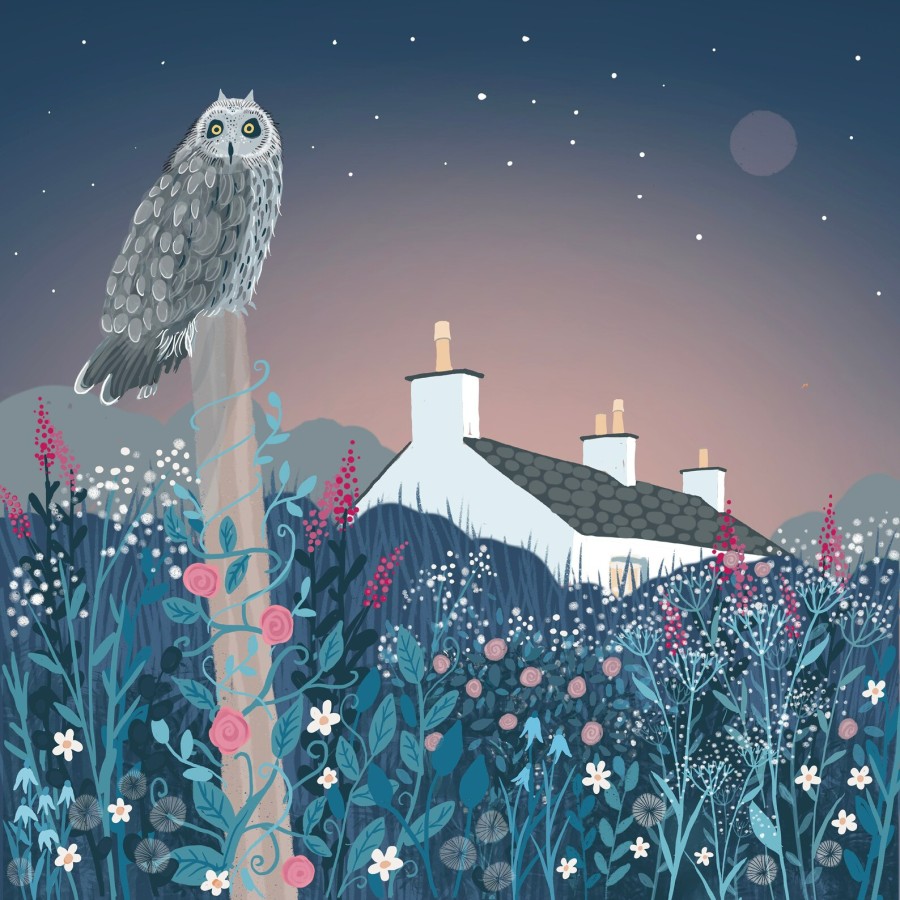
Natural World Fund is an amazing organisation that has big plans to rewild large parts of England, by pooling donations for ‘community rewilding projects’ to buy and restore degraded land to its natural state, to create habitats for native wildlife.
Methods include planting woodlands and wild meadows, and restoring wetlands (which also protects fish populations).
Pending possible sites to restore include:
A 70-acre plot in Yorkshire (with degraded soil and few trees, hedges or wildflowers) due to intensive farming has plans to restore a natural woodland and wetland paradise, with quality soil. Derelict buildings could be restored to educate, powered by water energy.
Goit Stock Wood (also in Yorkshire) lies in rolling countryside by a popular waterfall, and the charity aims to buy the ancient woodlands so nobody can buy them. It also has plans to install sustainable flood management techniques like leaky dams and natural overspill areas.
A 4-acre site (a former reservoir in York) is overgrown with trees, shrubs and grassland, yet still an important site for local nature. Thankfully a bid to build houses here was refused (due to letters from local residents) but there are sure to be more bids.
So again Natural World Fund wants to buy this plot to protect it from development, to protect local wildlife (foxes, hedgehogs, tawny owls, woodpeckers, waxwings, sparrowhawks and voles).
Natural History Museums reports that England now ranks in the bottom 7 of countries for biodiversity (Costa Rica paradoxically has the most biodiversity, due to stringent laws to protect wildlife).
The main reason we are losing wildlife is due to lack of habitat (we have lost nearly all our forests, wetlands and wild meadows).
Actor Mackenzie Crook (who played dorky ‘Gareth’ in TV comedy The Office) is a passionate environmentalist. A few years ago (when he could have used money from a project to buy a Ferrari), he instead bought an 8-acre woodland in Essex, so nobody could build on it!
England’s countryside holds stories of wildflowers, birdsong and ancient woodlands. Over time, much of this beauty has faded as farms, roads and towns grew. Natural World Fund is working to reverse this.
Their approach is rooted in science, care and local partnerships. Here’s how they’re helping to rewild England in practical, inspiring ways.
Natural World Fund supports efforts to plant and protect native trees. By choosing local species like oak, birch and hazel, they help rebuild lost habitats. Restoring ancient woods brings back shade, homes for wildlife and new life to the soil.
These woodlands offer a safe place for animals and plants that have vanished from many areas.
Creating Wildflower Meadows
Traditional wildflower meadows once filled the English countryside. Today, most have been lost. The Fund works with landowners to sow wildflower seeds and let grasslands recover. These meadows become colourful homes for bees, butterflies and birds.
They also improve soil health and help prevent flooding.
Bringing Back Lost Species
Some iconic animals have disappeared from England’s wild spaces. Natural World Fund helps reintroduce species like red kites, water voles and beavers. These animals play important roles in their habitats.
Beavers build dams that slow streams and create wetlands for other wildlife. Red kites keep nature in balance, by cleaning up carrion.
Supporting Local Communities
Rewilding works best when local people are involved. Natural World Fund connects with farmers, schools and community groups. They offer training, advice and small grants to help other rewilding projects.
Restoring Wetlands and Rivers
Wetlands filter water, store carbon and support rare creatures. Many have been drained or damaged. The Fund backs projects to restore ponds, marshes and riverbanks.
Cleaner water returns, rare birds and insects thrive, and people enjoy nature walks along these revived spaces.
Promoting Sustainable Farming
Natural World Fund works with farmers to find ways of managing land that help wildlife and people. Planting trees in fields, leaving wild margins and using fewer chemicals can all help.
This approach means farms stay productive, while still making space for skylarks, hedgehogs and wildflowers.
Rewilding is At Risk from Government Plans

One great example of successful rewilding has been reintroducing beavers (once almost hunted to extinction) to rivers, where their love for building dams is helping to prevent floods.
However, the recent relaxing of planning laws to build housing, is causing huge concern with conservationists. You can build affordable housing on brownfield (waste land), not on land that is home to native wildlife. The Critic has a article on the ‘false argument on rewilding vs affordable housing’. The answer is that you can have both.
The other issue is that in England, most land is owned by just a few people. Conservationists for example, are asking Prince William to give over a larger percentage of Dartmoor (most of which he owns) rather than the ‘small potatoes’ already donated, for rewilding projects.
A Rewilding Introduction Book for Children

Wilding is a beautifully illustrated hardback (giant!) guide to rewilding, which tells the story of England’s most successful rewilding projects in West Sussex. This estate was previously barren, but is now home to many happy birds – nightingales, peregrine falcons, turtle doves, ravens, red kites, lesser-spotted woodpeckers, skylarks, house sparrows, yellow hammers and sparrowhawks.
Restoring the wetlands of the floodplains by the River Adur has also created habitats for wading birds, amphibians, dragonflies, England’s largest population of purple emperor butterflies, all five species of native owls, most species of bats, rare beetles, visiting hoopoe birds and black storks (one of Europe’s rarest birds).
And even ‘heathland nightjars’ and ‘woodland nightingales’ that would normally live elsewhere, suggesting they are now ‘clinging to any natural habitat’ they can find.
Nature has a way of bouncing back when given the chance. The Knepp Estate in West Sussex shows how letting land return to the wild can change everything.
Over the past two decades, Knepp has gone from dusty fields to a patchwork of woods, scrub, and grassland where rare animals and plants now thrive.
From Farmland to Wild Haven
Knepp Estate covers over 3,500 acres near Horsham, once used for intensive arable and dairy farming. Over time, poor soil and low yields made farming tough. In 2001, the owners, Charlie Burrell and Isabella Tree, stopped traditional farming and let nature take the lead.
Instead of fighting the land, they gave it room to breathe. This began one of England’s biggest rewilding projects.
Free-Roaming Animals Shape the Land
At Knepp, herds of old English longhorn cattle, Exmoor ponies, Tamworth pigs, and red and fallow deer roam the land. These animals graze, root, and trample, turning up ground and allowing wild plants to seed. Their daily movement shapes the habitat, keeping scrub in check and helping a true mix of grassland, woodland, and wetland develop.
This hands-off way of managing animals mimics the natural grazing patterns that once shaped England’s countryside.
A Book of Rewilding Stories for Bedtime
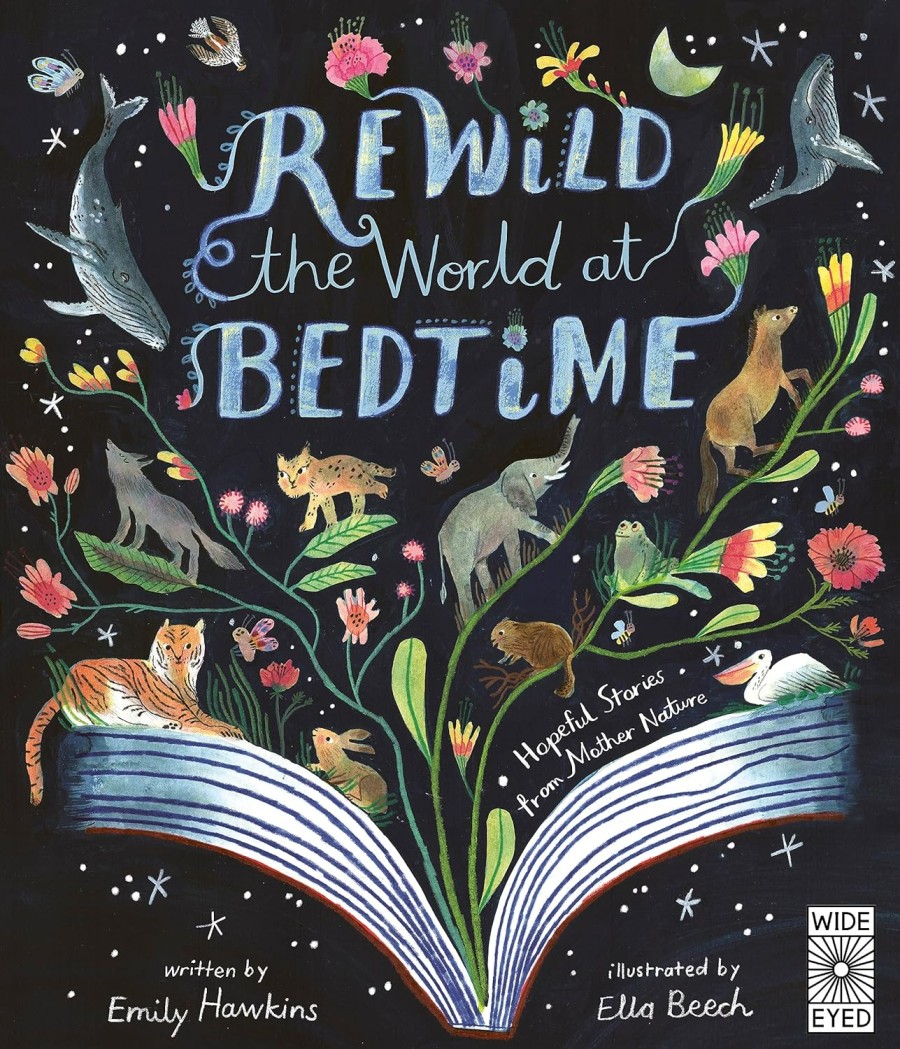
Rewild the World at Bedtime is a beautiful keepsake collection of calming wildlife stories to read at bedtime, for children to learn about projects that are rewilding the world with animals, and saving our planet.
From Colombia to Indonesia, 40,000 unique species are threatened with extinction, and it’s never been a better time to teach children of the power of conservation.
Emily Hawkins was once a children’s book editor and now writes books herself. She holds a first-class degree from Nottingham University, and lives in Winchester.
This enchanting read soothes little ones with 20 stories about nature healing itself, when animals are returned to their natural habitats, without human interference. The animals featured in the book include:
The Return of Eurasian Beavers to Devon
Eurasian beavers once thrived along the rivers of Devon, shaping wetlands with their dams and lodges. Then they disappeared for hundreds of years. Thanks to local rewilding groups, these busy engineers returned to Devon’s rivers, building homes once more.
Their hard work slows floods, cleans water, and brings birds and insects back to the banks. Children will love hearing how whole forests grow richer when these furry builders come home.
Saving Endangered Tigers in Nepal
Tigers in Nepal faced more than hunters and shrinking forests. Even locals trying to keep warm with wood fires put pressure on the same trees tigers called home. In a clever twist, villagers swapped wood stoves for stoves fuelled by cattle dung.
It sounds simple but saving firewood meant saving forests, and that’s helped tiger numbers rise again. This story shows teamwork between people and tigers and how even small choices can help wild places.
Water Buffalos Restore Ukrainian Wetlands
Ukrainian wetlands once echoed with the gentle sounds of water buffalos, grazing and wallowing in the mud. As people left rural areas, the wetlands changed, growing wild with tangled plants.
Conservationists brought back peaceful water buffalos, and these gentle giants began to clear overgrown reeds, opening space for rare birds and frogs. Children will sleep easy knowing how big ideas and big animals work together to fix broken habitats.
Lynx Find Freedom in the Iberian Peninsula
Lynx are shy cats with tufted ears and spotted coats, once common across the Iberian Peninsula. Sadly, many were trapped or lost their homes. Conservationists and scientists worked together to raise lynx in safe places, teaching them how to hunt and then setting them free.
These rescued lynx now roam wild hills again, stalking rabbits and keeping the forests healthy. Their story is one of hope, patience and the return of secretive creatures to their natural homes.
Majestic Humpback Whales Make a Comeback
Humpback whales were once hunted almost to extinction for their oil and baleen. When the hunting stopped, the world waited to see if these giants would return. Slowly, humpbacks began to swim back into their old places, singing haunting songs across the oceans.
Now, families watch for their spouts and watch them leap from the waves. The humpback’s comeback is a lasting reminder of what can happen when people make room for wild places and respect all creatures.
Other Good Books on Rewilding
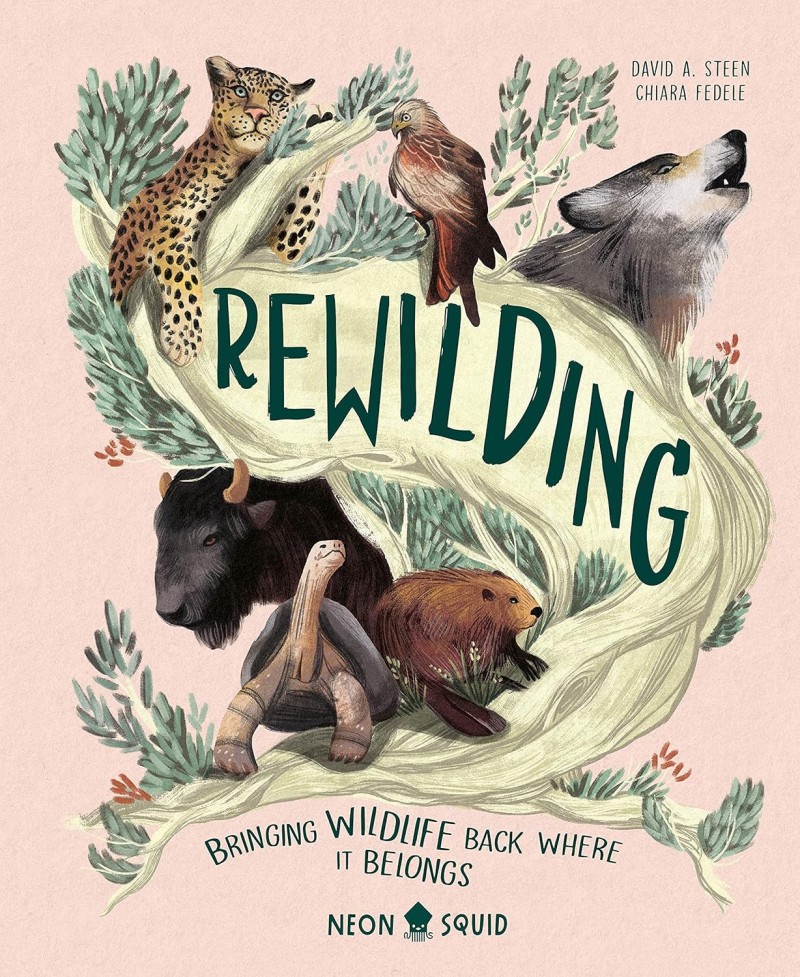
Rewilding is a beautifully illustrated introduction to rewilding, which is basically just leaving nature alone, to get on with it. Natural habitats are better than gardens for most wildlife – hedgehogs used to live in hedgerows (hence their name), and berries and hedges offer food and natural protection for birds and other wildlife.
In this book, you’ll learn about successful rewilding projects both here and abroad including:
- How beavers help to build dams, to stop flooding
- How wolves in Yellowstone National Park improved ecosystems
- How Galápagos giant tortoises survived extinction, by returning to island homes
David A Steen is a wildlife scientist and conservation biologist, who founded The Alongside Wildlife Foundation, which offers seed grants for small projects that help wildlife.
Wild Fell is a book by an ecologist on how a group of people (after the sad lonely death of a golden eagle in an unmarked spot) decided to work with farmers to rewild the remote eastern fells of the Lake District.
Wilder details the return of jaguars to an Argentinian national park, the first pangolin reintroduction project in South Africa, and ways in which giant tortoises are aiding the recovery of ecosystems throughout the Galápagos Islands.

